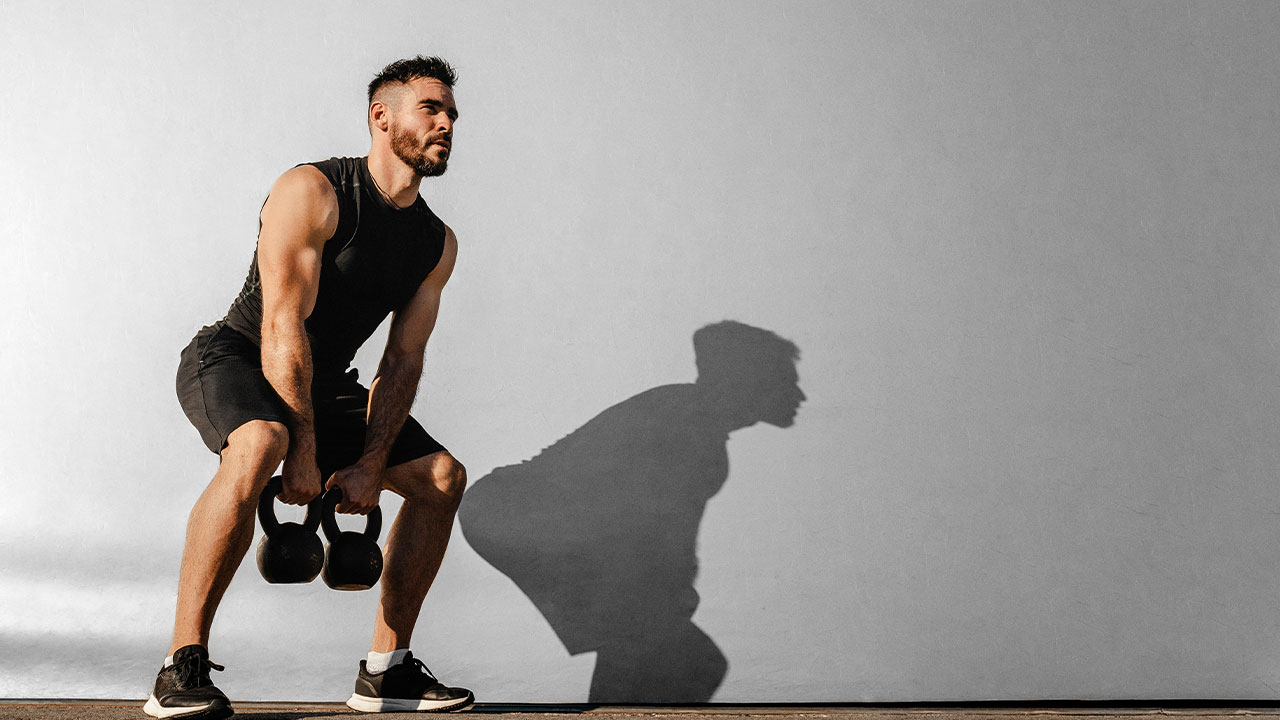Stability vs. Balance – Basics of Functional Training

Hey Angels and Alphas,
In case you’ve been living under a rock, the entire fitness community has been cheering on functional training for the last couple of years. This has reached the point where functional training is all the rage, and as with anything (and any similar trend) in the fitness world, there are always a ton of people running around trying to tell you what it is, what it’s not, and what you should do about it.
That being said, there are a ton of misconceptions about functional training that are still floating around in the air after the initial rush of people spreading misinformed opinions.
One of these misconceptions, one that we’d like to clear up today, is that functional training is the same as balance training.
When you ask someone if they’re doing any functional training (and they actually are), they will usually proceed to tell you all about the exercises they do for balance such as stability exercises and proprioceptive training. That’s why today, we’re here to talk about balance, stability, functional training, and clear up a lot of these misconceptions so you can get a better understanding of what’s best for you.
With that said…
Functional training is essentially all about training movements instead of muscles. It’s focused on the transference of energy from one point to another. Example – when you’re picking up a box, you’re transferring energy from the ground up. This is usually where the question arises of balance vs stability.
The two have been widely mistaken and usually defined as the same thing, but they’re completely different (and each individually important) aspects of a well-rounded strength and conditioning routine.
Stability has to do with being stable – that’s not coming as a shock to anyone. It’s about firmness, strength, and resistance to disturbances of balance.
Balance has to do with the even distribution of weight that allows an object to remain firm, upright, and you guessed it, stable.
Within the training world and training nomenclature, balance has its place in health, wellness, and even rehabilitation. But when you’re trying to talk about stability, you’ll most likely be referring to training that creates an environment of stability so it can enhance strength and “practice” this transfer of energy. This is most likely done when your feet are both planted on the ground.
When you’re training for balance, you’re aiming to create an environment of instability. This means energy transference will basically be adversely affected from joint to joint to core to the exit point. Both of these are technically considered functional training. But they’re so, so different.
As athletes, we all know we should be following a balanced workout program, but as humans, we sort of tend to do what we like and totally avoid what we don’t. Along those lines, two aspects of training, balance and stability training, probably take a back seat to cardio and strength training for most of you. However, you could ultimately benefit by regularly practicing both these training protocols and integrating them into your daily life.
That’s why the first thing to know is that stability and balance are two vastly different things.
Another way to look at it is that stability is your ability to control your body position from head to toe through a specific movement, while balance will be the ability to maintain your center of gravity over a central base of support. For example, static leg-split squats challenge your balance, but doing something like walking lunges challenges your stability.
Once you know the difference between these two training protocols, you can make a more educated choice on which one to integrate into your program, but ultimately both can find a place in it.





